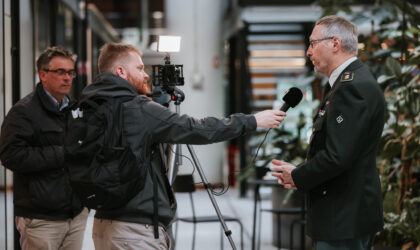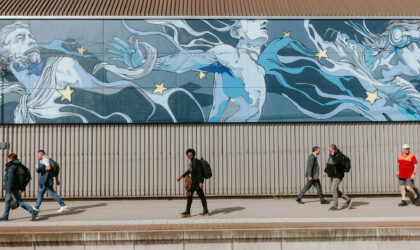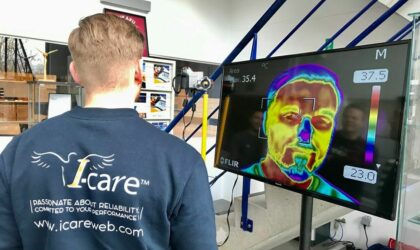What's up
What is Frozen doing at A6K?

Last July, our members Thales Alenia Space, Materia Nova, UCLouvain, CRMGroup, Sirris, Cetic and AGC as well as the start-up Matgenix had already met on the subject "Materials & Computer Science". The exchanges concluded that simulation technologies could provide answers to the industry and vice versa. The objective of this workshop was to draw up an inventory of the subject in order to propose ways of collaborating for the future in terms of industrial needs.
But what is Frozen doing at A6K?
In recent years, Disney Studios has developed advanced digital technologies to produce animations with impressive realism. That' s why we have organized several meetings with the creative industry. After consulting with 3 Little Pix, DreamWall and Dirty Monitor studios, we decided to invite the worlds of computer animation, digital engineering and physical and real experimentation to collaborate together. Indeed, the simulations intervene in the digital world with applications in the graphic animation. For example, the simulation of interactions with fluids or the modeling of complex matter such as the structure of the snow in Frozen. Creative people then call on engineers.
At 3 Little Pix, the shootings are done in studio or on the spot and are integrated in the computer graphics: the goal is to break the limits in terms of creation. The company creates graphic designs that allow their clients to visualize their technological concepts in the most real environment possible. However, creative people can encounter certain constraints in simulation. For example, the design of animations with millions of particles. With standard hardware, the data computation time is considerable. Hence the need to have an efficient computing center at hand.
Cenaero is the operator of the HPC (supercomputer) that will be replaced this year and located at A6K. Supercomputers make computing power more readily available. For Cenaero, the digital simulation research center, the use of digital models is essential in certain fields of application. Numerical simulation makes it possible to get to the heart of the matter and to observe it in its smallest corners. This technology is used in the modeling of manufacturing processes. The center develops optimization tools in order to validate the design of products but also to intervene in cases of certification such as, for example, predicting the evacuation of smoke during a fire.
In the field of physical and real experimentation, there are several areas of difficulty that we face in meeting our simulation needs. Firstly, the test set-ups are complex both in terms of the scale (macroscopic or microscopic) and the environment to be reproduced (vacuum; temperature; humidity; vibrations; etc.). Then, the tests can be expensive because there is often a multiplication of the number of tests to carry out. Finally, the means of observation to be implemented are complex. For example, observation on a microscopic scale requires a large number of devices and equipment, which makes the implementation more complex and expensive.
Digital technologies now make it possible to simulate and model a quantity of real phenomena with striking realism. That's why we are convinced that the fusion of these three worlds is useful to generate ideas and projects
Our vision? On the road to virtual excellence. The three fields of expertise are getting closer and will soon meet to define the first collaborative projects they will work on.


